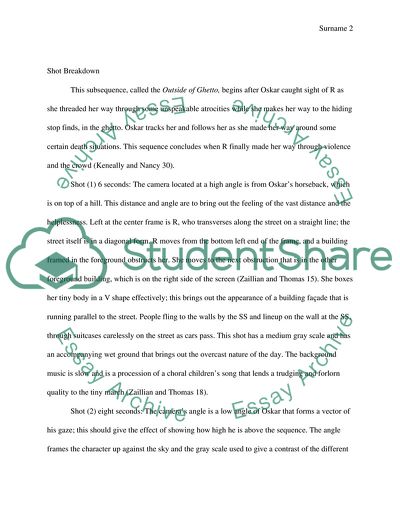Cite this document
(Shot of Steven Spielberg Film Schindler's List Essay, n.d.)
Shot of Steven Spielberg Film Schindler's List Essay. https://studentshare.org/visual-arts-film-studies/1775303-shot-by-shot-analysis
Shot of Steven Spielberg Film Schindler's List Essay. https://studentshare.org/visual-arts-film-studies/1775303-shot-by-shot-analysis
(Shot of Steven Spielberg Film Schindler'S List Essay)
Shot of Steven Spielberg Film Schindler'S List Essay. https://studentshare.org/visual-arts-film-studies/1775303-shot-by-shot-analysis.
Shot of Steven Spielberg Film Schindler'S List Essay. https://studentshare.org/visual-arts-film-studies/1775303-shot-by-shot-analysis.
“Shot of Steven Spielberg Film Schindler'S List Essay”. https://studentshare.org/visual-arts-film-studies/1775303-shot-by-shot-analysis.


